Aswalkanta is a famous Hindu temple situated on the bank of the mighty River Brahmaputra, in the district of kamrup in Assam. The temple is situated near the capital of Assam, Guwahati, and is a famous tourist spot in the area. In 1720 AD, the Ahom King Shiva Singha had established this temple. According to Hindu mythology, when Lord Krishna was searching for Narakasur, his horses became tired and he stopped in this spot to give them rest. This is why the temple is called Aswaklanta temple as it means tired horses. Another story says, Arjuna, the third of the Pandavas was persuaded to stay here, so that his son Abhimanyu could be killed in the war. This was a conspiracy, and thus this place got the name of Abhi-kranta in Assamese, which later became Aswaklanta. In the year 1897, due to a massive earthquake, the major portion of this temple was demolished, but under Lord Curzon’s initiative, who was the Viceroy of the place at that time the temple was renovated. Earlier, there was a Kunda or a sacrificial space in the spot, which has been washed away by the River Brahmaputra.
Popular things to do & see in and around
The temple is a place of Hindu pilgrimage and therefore a number of devotees come to visit this temple. There are two idols in the temple, one, the idol of Lord Janardana and two, the idol of Lord Anantasai Vishnu. For those people interested in art, the second idol is quite fascinating as fine art specimen of the 11th century. Moreover, the scenic beauty of the place is also mesmerizing and a number of people visit here to capture the divine sunset scenario on the Brahmaputra River.
Getting There
Both water and road transports are available for Guwhati and Aswaklanta temple. Ferry boats can be taken from various ferry ghats of the city which will take you to the southern bank of Bramhaputra where this temple is situated.

Otherwise, it is possible to take the road and cross Saraighat Bridge to reach here.
Best Time to Visit
Two festivals are organized in this temple during Ashokastami and Janmastami, which falls in summer and monsoon. Yet a number of devotees flock to the temple during these time to experience the festivals. However, the time between winter and spring is the best time to visit this place.

















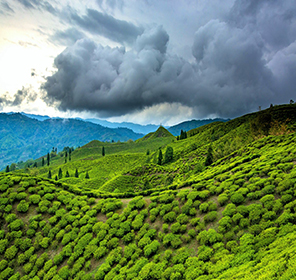
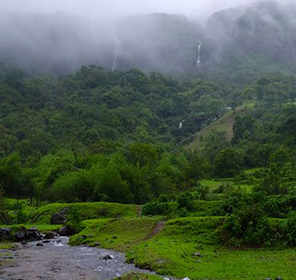
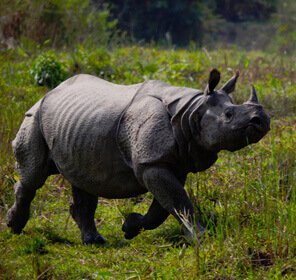
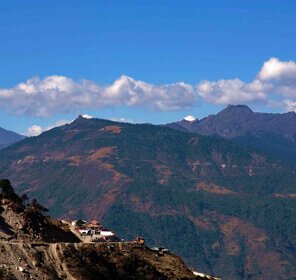
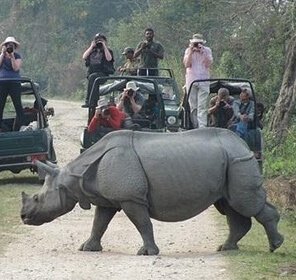
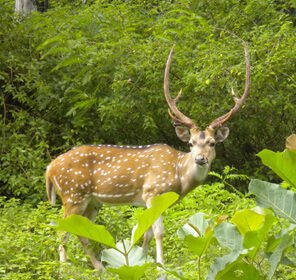
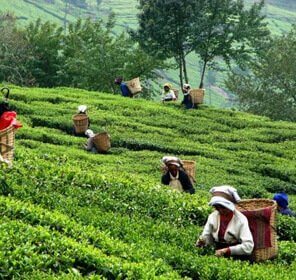
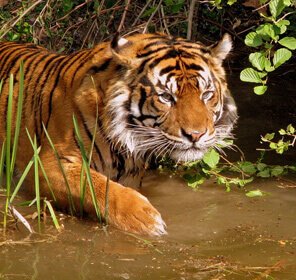
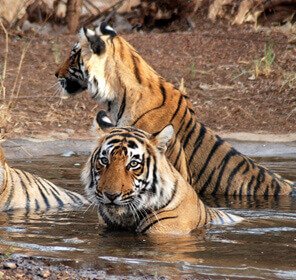
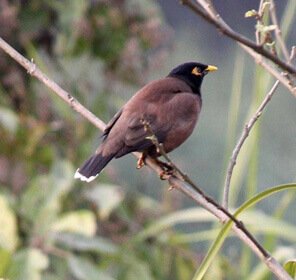
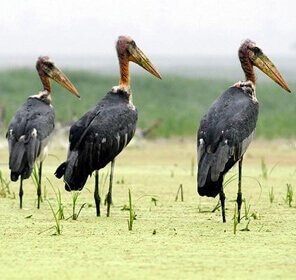
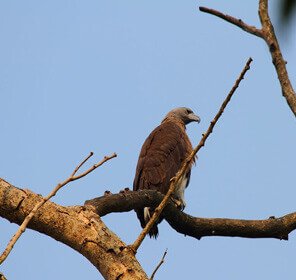
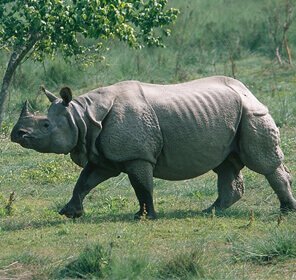
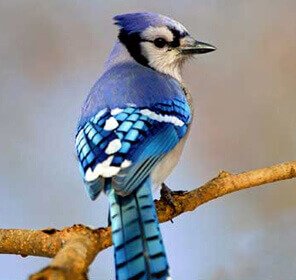
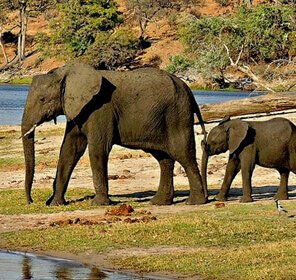
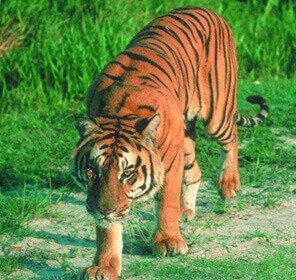
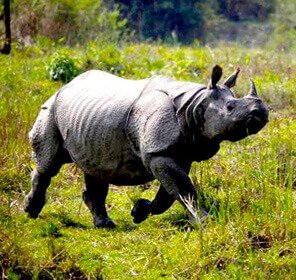


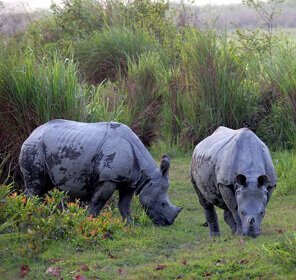
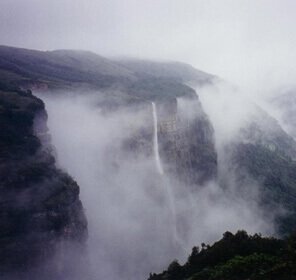
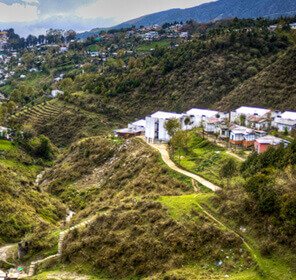
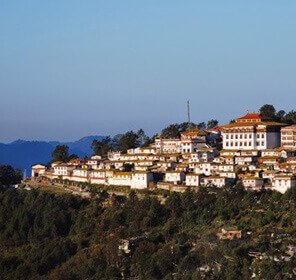
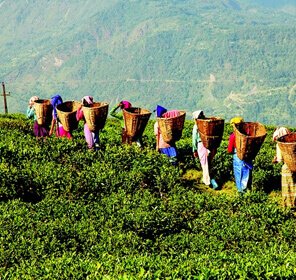
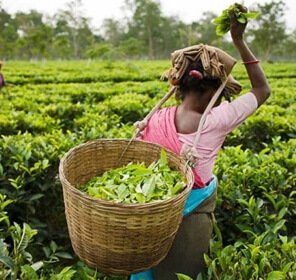

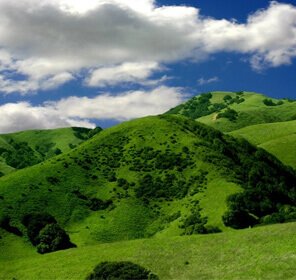
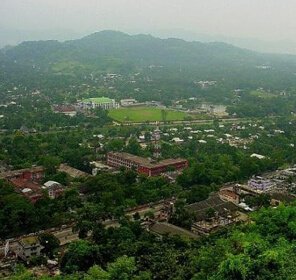
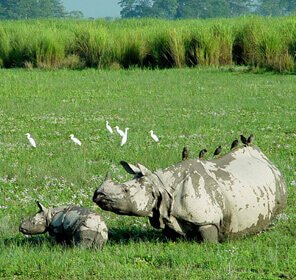
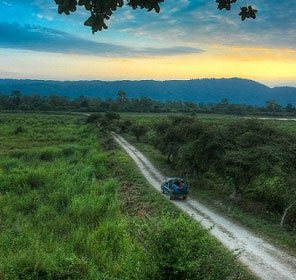
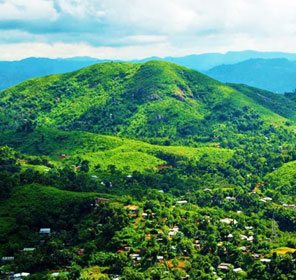
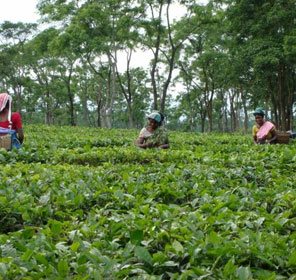
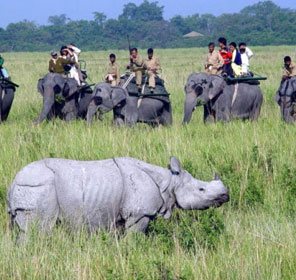
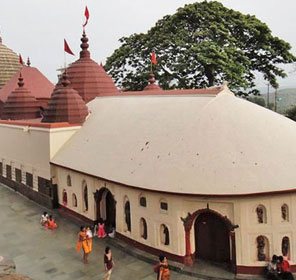
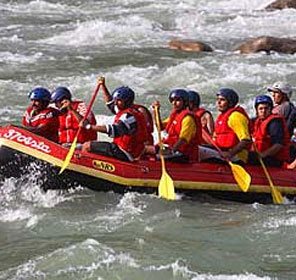
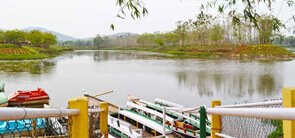
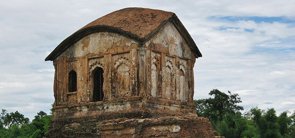
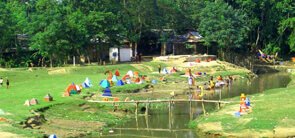
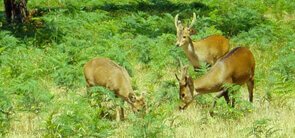
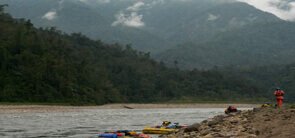
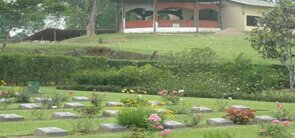
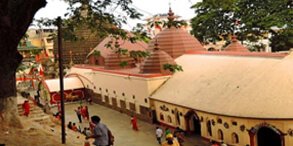
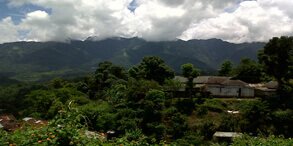
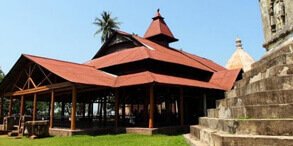
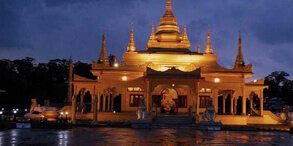
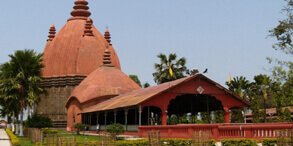
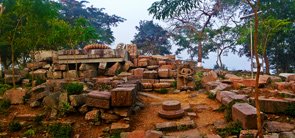
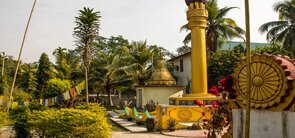
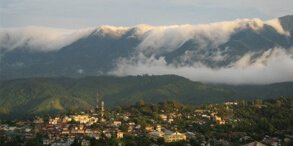
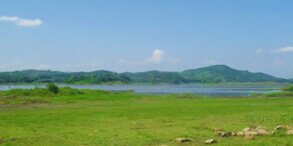
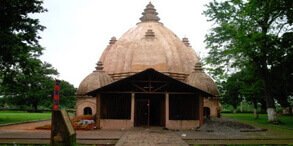
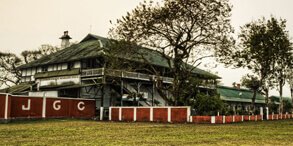
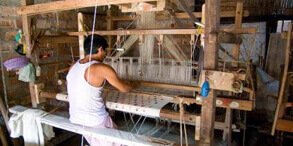
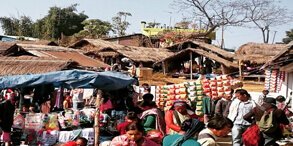
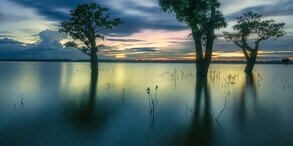
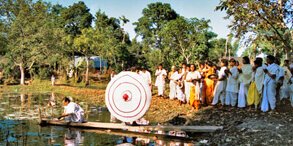
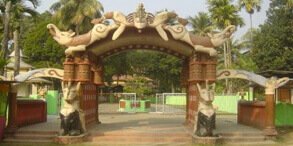
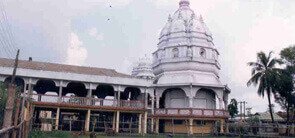
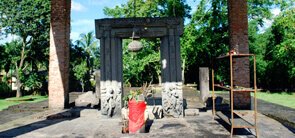
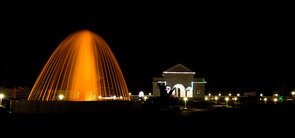
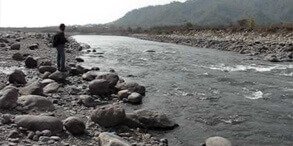
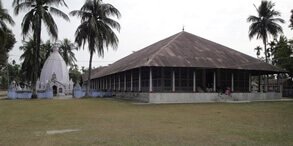
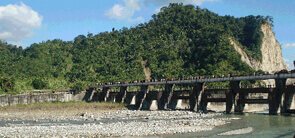
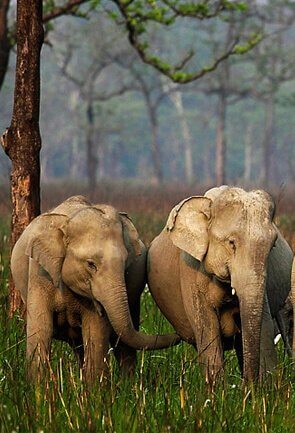
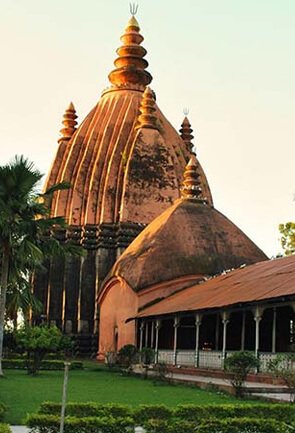
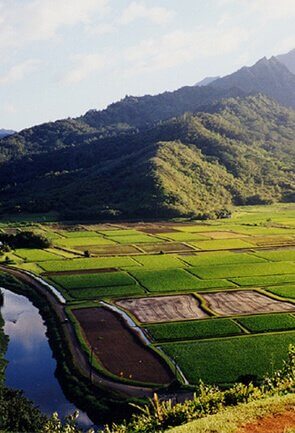

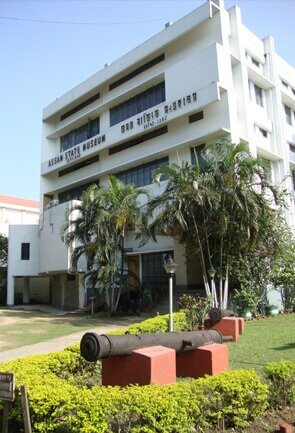
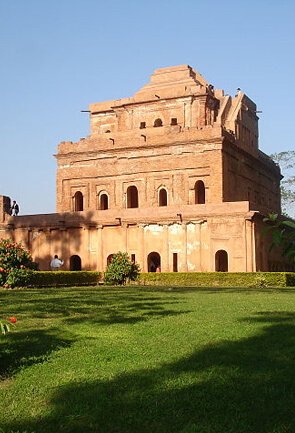
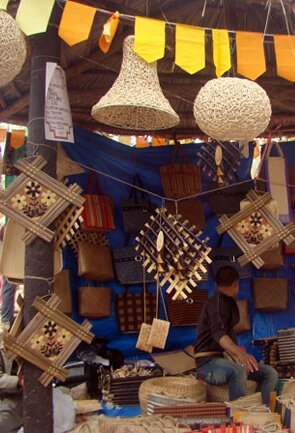
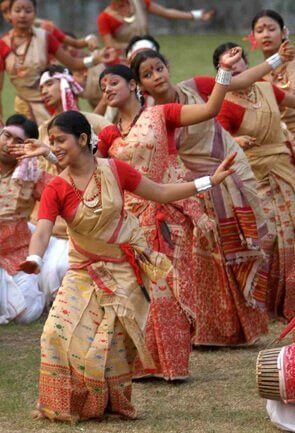
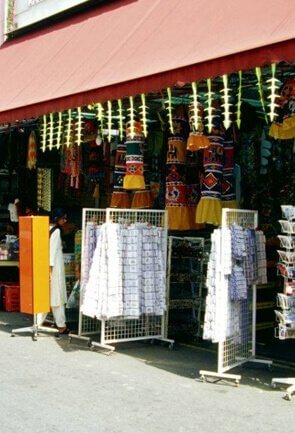
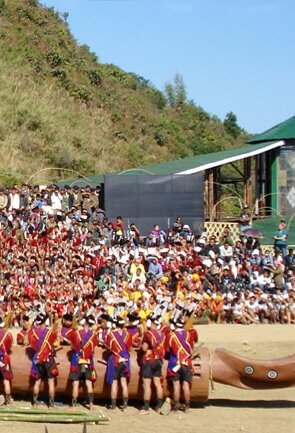

 Plan Trip
Plan Trip Call Us
Call Us Packages
Packages Home
Home